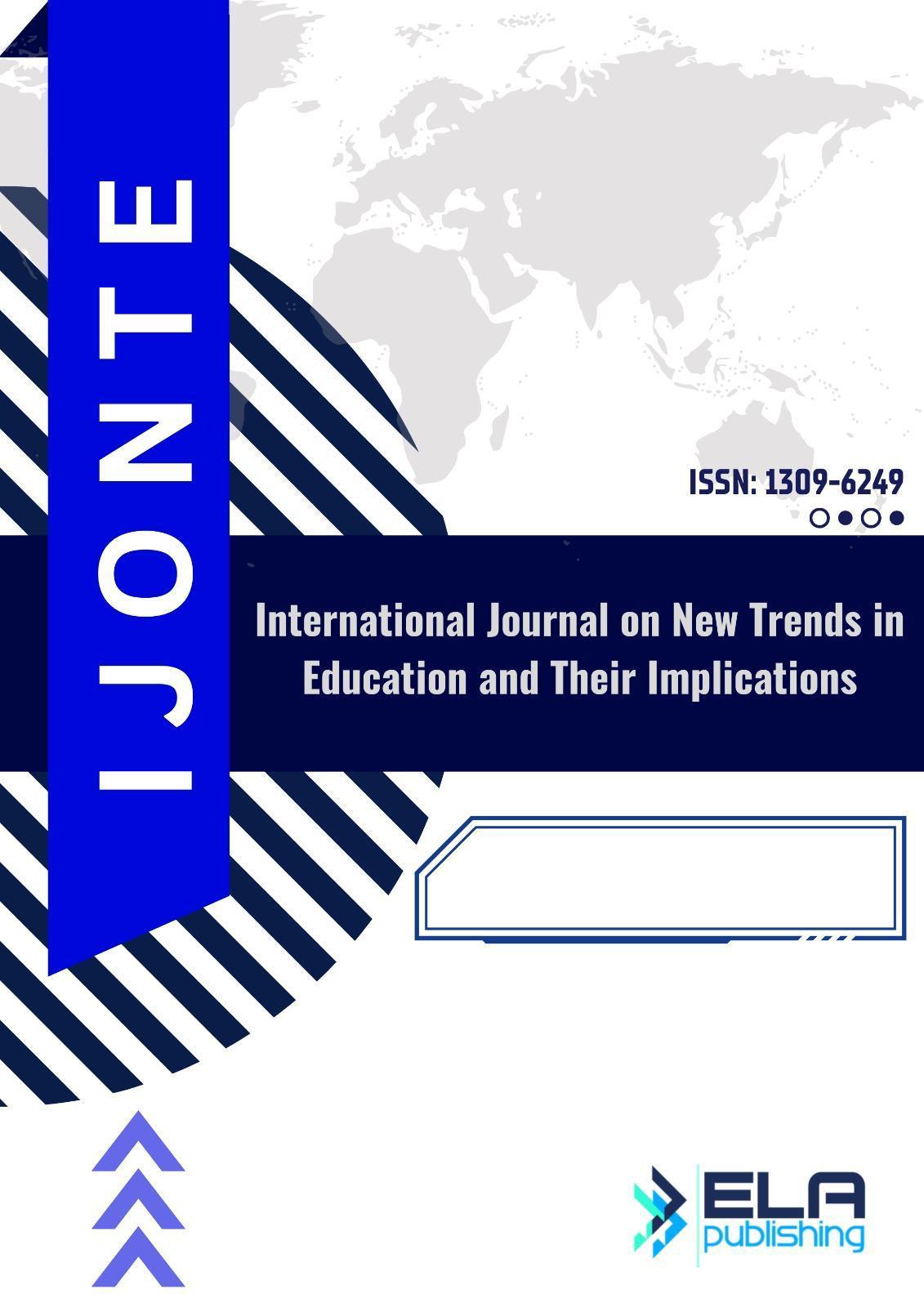Research article | Open Access
International Journal on New Trends in Education and Their Implications 2012, Vol. 3(3) 1-14
Pedagogical Use of Cell Phones in Calculus I: Advantages and Difficulties
pp. 1 - 14
Publish Date: July 31, 2012 | Single/Total View: 6/8 | Single/Total Download: 8/6
Abstract
Keywords: M-learning, Cell Phones, Calculus, Pedagogical Model
APA 7th edition
BATISTA, S.C.F., BEHAR, P.A., & PASSERINO, L.M. (2012). Pedagogical Use of Cell Phones in Calculus I: Advantages and Difficulties. International Journal on New Trends in Education and Their Implications, 3(3), 1-14.
Harvard
BATISTA, S., BEHAR, P. and PASSERINO, L. (2012). Pedagogical Use of Cell Phones in Calculus I: Advantages and Difficulties. International Journal on New Trends in Education and Their Implications, 3(3), pp. 1-14.
Chicago 16th edition
BATISTA, Silvia C. F., Patricia A. BEHAR and Liliana M. PASSERINO (2012). "Pedagogical Use of Cell Phones in Calculus I: Advantages and Difficulties". International Journal on New Trends in Education and Their Implications 3 (3):1-14.
